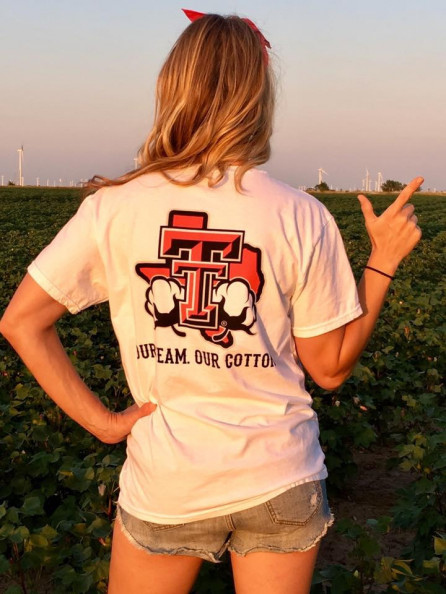Should you expand your poke salad acreage?
John Robinson
It is meeting season, and I am writing this article on a laptop in the Amarillo Airport. I have been giving lots of cotton market outlook presentations.
I will spare you the suspense and say that I am worried about the price-weakening effects of a large 2019 crop — large enough to send ICE cotton futures towards 60 cents.
What is unusual about my outlook presentation is that I, like other market analysts, am flying partially blind. It has been five weeks since we have had updated USDA supply and demand estimates for major crops (usually monthly by USDA). It has also been over a month since we have had U.S. export sales and shipments reports (usually weekly by USDA), or the weekly snapshot of hedge fund and index fund buying in cotton futures (from CFTC). All of this information is suspended thanks to the federal government shutdown.
Fortunately, we still have some public cotton price information, e.g., USDA/AMS Daily Spot Quotes that are derived from ICE cotton futures price information, neither of which have been affected by the federal shutdown.
Having price information provides some form of what economics professors call “price discovery,” a term that refers to the economic value of a particular commodity, and the price signal to expand or invest in that crop enterprise.
AN IMPORTANT GUIDE
Price discovery is critical to foster good economic business decisions in a free market, capitalist system. For example, publicly available price data are an important guide to whether you should expand your acreage, or invest in crop-specific equipment.
Consider the alternative situation with an obscure minor crop, say ... poke salad. Let’s assume that you already know how to grow poke salad commercially on your farm, and what the production costs are (I know it’s a stretch, but humor me). Should you expand your poke salad acreage? Should you buy a mechanical poke salad picker?
You can’t figure the revenue portion of that feasibility study without good price data. Hopefully, you will have a number of years of daily poke salad prices so you can develop a good expected price during your region’s harvest period. Hopefully, also, there is a nice upward trend in poke salad prices that reveal an expanding demand.
Where will you get this regular price information? From the poke salad processor who wants you to sign a contract? From the nutrition professor at the university who thinks it’s a great idea? From the boys at the coffee shop? And assuming any of these sources were reliable, can they provide enough data for you to develop good average monthly prices for your area?
The answer to the above question is … probably not, unless you are blessed with a USDA Agricultural Marketing Service that provides that information. The continued provision of public price information, both by the private commodity exchanges and by USDA AMS is a huge benefit to U.S. agriculture.
MARKET INFLUENCING DECISIONS
Still, the government shutdown is not without its informational costs. The global cotton market has built-in advantages to international shippers. If something has happened in Turkey, India, or China, the large shippers will know about it before you and I do.
The ivory tower word for this situation is “asymmetric information.” I’m not being accusatory or critical; it’s just the way it is. Cotton merchants invest a lot of time and money to have the information sources that they have.
And besides the corporate boardrooms, cotton trade is affected by the policy decisions of foreign governments. Then there are the market-influencing decisions of hedge fund managers with billions of dollars to invest. How can a cotton grower ever know what all those different folks are doing?
Πηγή: farmprogress.com


